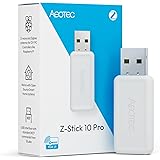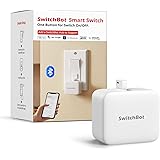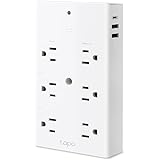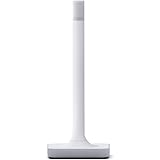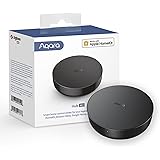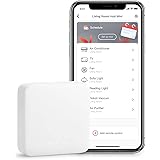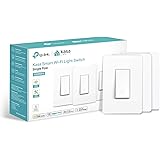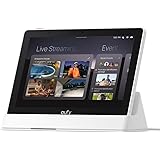Home automation servers offer centralized management of your smart home devices from anywhere in the world. This is especially useful for energy saving oriented systems that can be remotely controlled and optimized to minimize your utility bill and carbon footprint. There are a number of ways to go about building an at-home automated server, but some options are better than others in terms of overall cost and security.
Choosing where to host your automation server is also an important consideration. Cloud-based solutions are convenient and easy to get started with, but they come with some obvious drawbacks, most notably privacy concerns. These types of home automation systems often transmit a lot of data back to the vendor for monitoring and analysis, and this can include information like your location, when you are sleeping or not at home, and even a list of all of the things you’ve turned on or off in your house.
A self-hosted solution can provide some peace of mind, but many of the existing home automation server platforms require a substantial amount of computing power to function. This can be a problem for projects that only want to automate a few simple devices and don’t need anything more than a Raspberry Pi to do it. [Paulo] took on this challenge and came up with a solution that provides a full-stack automation experience with a touchscreen interface, web application, native mobile apps for iOS and Android, and a preconfigured Linux operating system to run underneath it all. This project is called Calaos, and you can find its source code on GitHub.
While home automation servers are not for everyone, they do have the potential to reduce energy usage and improve a smart home’s security by giving users the ability to monitor their homes at all times. They can help to optimize appliance usage, and they can allow users to schedule lights to turn on or off at specific times of day based on their personal preferences. This type of programmability is not available in commercial home automation systems and is not always possible with individual electrical outlets or appliances.
With the right hardware, it is easy to build your own home automation server that can run any type of automation software you can imagine. A Raspberry Pi is a popular choice because of its low price and high processing power, but you can also use a PC that has enough power to future-proof your system and still be cost-effective with the added benefit of lower power usage. We recommend our FW2B and FW4B mini PCs for this purpose as they provide the perfect blend of performance, power, and low-power usage. You can get more details about them in our article on Choosing the Best Mini PC for Home Automation.
